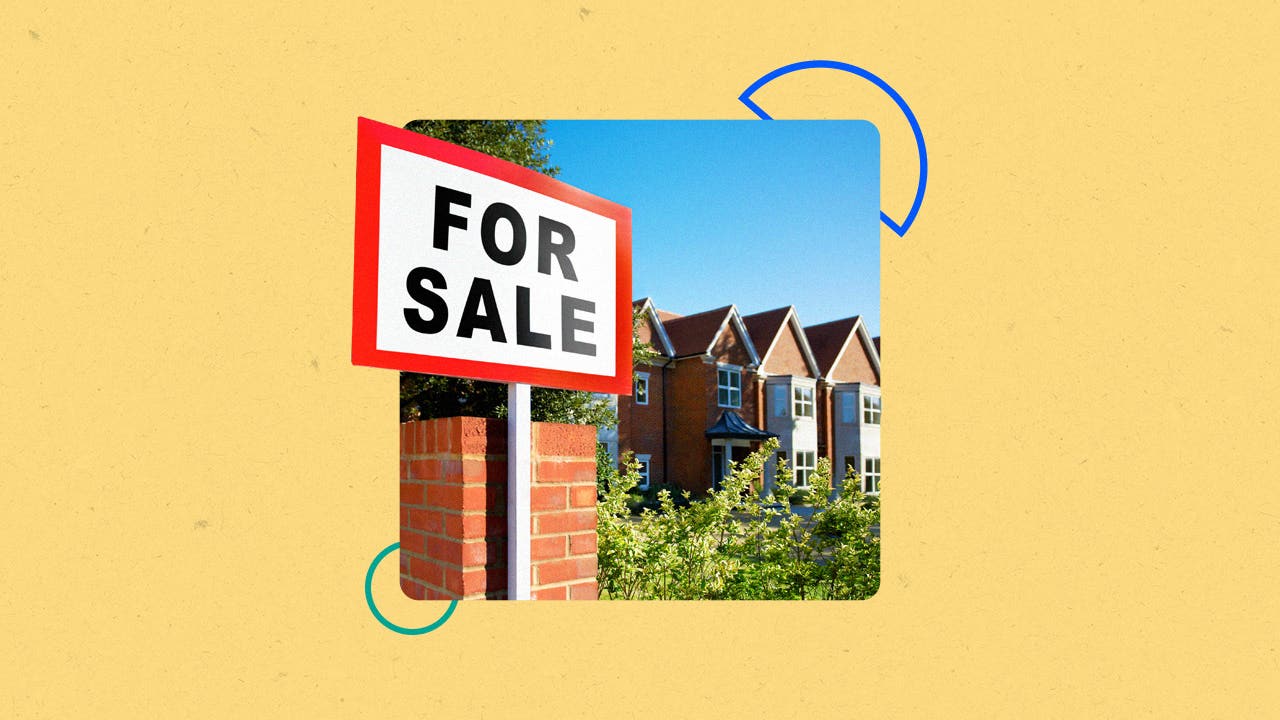What is the MLS, and how does it work?

What is the MLS, or multiple listing service?
The MLS is a database of homes for sale in a particular geographic region. When real estate agents list a property for sale, they add it to the MLS database, allowing all agents and brokers in the region who have access to the system to review the listing. Buyers’ agents use the MLS to find homes to show clients. The information listed on the MLS includes photos and detailed descriptions of the homes for sale. Realtors and brokers pay membership dues to access their local MLS.
Though it may seem like a modern development, the concept of a multiple listing service actually dates all the way back to the late 1800s. In those times, real estate agents periodically met to share information about the properties they had for sale, according to the National Association of Realtors (NAR). Over time, this information sharing took place via books or index cards and then eventually via computer, as it still does today.
How does the MLS work?
MLSs are private databases, according to NAR. Each region’s MLS is created, maintained and paid for by real estate professionals in that local area. Real estate agents share their listings on the MLS, uploading detailed information and pictures about each listing. The information available on the MLS databases is updated regularly by participating agents and brokers.
Sharing property listings on the MLS makes it possible for small real estate offices to compete with large, franchised firms. Rather than only being able to show clients the listings their own office represents, this cooperation allows brokers and agents to access the listings of the other agents in their region, and vice versa. In addition, listings websites like Zillow and Trulia pull and compile listings from the MLS.
Homeowners who are selling their property cannot add homes to the MLS on their own, but they can work with agents and brokers to have their home added. There are also many listing companies that will list your home for a fee; some also provide basic marketing services.
The vast majority of homes available for sale are included on the MLS. But there are exceptions — homes that are sold without ever appearing there. “Homes that are strictly for sale by owner will typically not be found on the MLS database,” says Jen Horner, an agent with RE/MAX Masters in Salt Lake City, Utah. The same might be true for homes listed by certain brokerages, she says.
Pocket listings, for example, are homes that are not marketed in the typical ways. These listings are sometimes referred to as exclusive or off-market listings. Rather than being included on the MLS, the seller instead keeps the property quietly “in their pocket” — hence the name. “This situation usually arises when a seller is not interested in publicly marketing the home for privacy reasons, or is willing to hold on the sale until the right buyer makes an offer that cannot be refused,” Horner says.
How many MLSs are there?
There are currently about 600 MLSs throughout the U.S., according to the Real Estate Standards Organization — though that number rises and falls year-to-year amid regional consolidation. They also exist in Canada, to a lesser degree. In other countries however, the use of an MLS is less widespread.
“The United States is unusual in this way,” says Katie Severance, an agent with Douglas Elliman Real Estate in Palm Beach, Florida, and author of “The Brilliant Home Buyer. “Internationally, most countries don’t have MLSs, or if they do, they don’t cover a whole lot of the market.”
There are also rare U.S. markets that do not have an MLS. New York City is one such example. While there is no MLS in New York City, there are other local services in use that syndicate available real estate listings.
How can I access my local MLS?
Only licensed real estate agents and brokers can list properties on the MLS. However, in certain regions, anyone can view MLS listings without professional assistance.
“Some regional MLS databases have a ‘public-facing side’ so consumers can access the same listings, shadowing the agent’s side,” says Severance. “The only difference is that the agent side has a little more information about showings, property access, how to submit offers, agency and commission cooperation and the ability to run a market analysis.”
In addition, many brokers provide their clients access to view listings. Again, though, members of the public will not have access to all of the same data that agents and brokers do. Real estate websites like Zillow aggregate listings from MLSs, but there’s no guarantee their info will be complete or fully up-to-date.
Bottom line
The MLS allows agents and brokers within a particular market to share information about real estate listings. It’s useful for home sellers in that it helps expose their properties to a far larger audience. And it’s also very useful for buyers, making it far more convenient to find all of the properties for sale in a geographic region when working with an agent or broker.
FAQs
-
MLS is an acronym for multiple listing service, a platform in which the real estate industry in a certain region compiles all the listings available for sale in that area. There are approximately 600 MLSs in the U.S., according to the Real Estate Standards Organization.
-
Only licensed real estate agents and brokers can list properties on the MLS. If you are selling your home without a Realtor’s help (a FSBO or “for sale by owner” sale), there are some companies that will list your home for you for a fee. If you are looking to buy a home and would like to browse listings, you may be able to access a public version of your MLS — or you may be best off looking on real estate sites like Zillow and Trulia, which pull and aggregate MLS listings.






